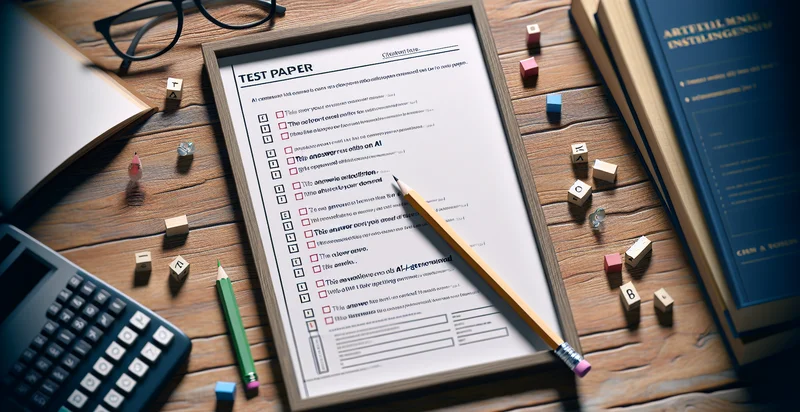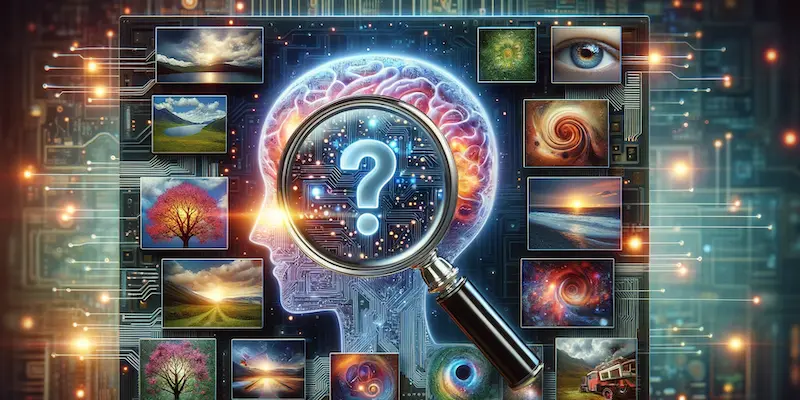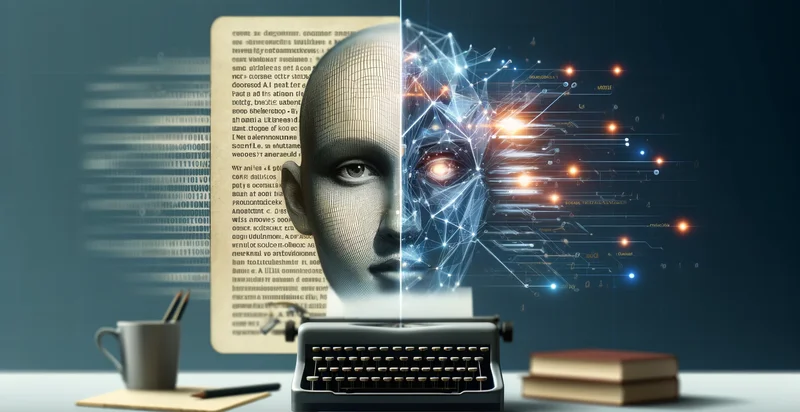Identify if a test answer is AI generated or not
using AI
Below is a free classifier to identify if a test answer is AI generated or not. Just input your text, and our AI will predict if an answer is ai-generated or not - in just seconds.

Contact us for API access
Or, use Nyckel to build highly-accurate custom classifiers in just minutes. No PhD required.
Get started
import nyckel
credentials = nyckel.Credentials("YOUR_CLIENT_ID", "YOUR_CLIENT_SECRET")
nyckel.invoke("if-a-test-answer-is-AI-generated-or-not-identifier", "your_text_here", credentials)
fetch('https://www.nyckel.com/v1/functions/if-a-test-answer-is-AI-generated-or-not-identifier/invoke', {
method: 'POST',
headers: {
'Authorization': 'Bearer ' + 'YOUR_BEARER_TOKEN',
'Content-Type': 'application/json',
},
body: JSON.stringify(
{"data": "your_text_here"}
)
})
.then(response => response.json())
.then(data => console.log(data));
curl -X POST \
-H "Content-Type: application/json" \
-H "Authorization: Bearer YOUR_BEARER_TOKEN" \
-d '{"data": "your_text_here"}' \
https://www.nyckel.com/v1/functions/if-a-test-answer-is-AI-generated-or-not-identifier/invoke
How this classifier works
To start, input the text that you'd like analyzed. Our AI tool will then predict if an answer is ai-generated or not.
This pretrained text model uses a Nyckel-created dataset and has 2 labels, including Human-Generated and Ai-Generated.
We'll also show a confidence score (the higher the number, the more confident the AI model is around if an answer is ai-generated or not).
Whether you're just curious or building if a test answer is AI generated or not detection into your application, we hope our classifier proves helpful.
Related Classifiers
Need to identify if a test answer is AI generated or not at scale?
Get API or Zapier access to this classifier for free. It's perfect for:
- Academic Integrity Monitoring: This function can be used by educational institutions to detect whether students' test answers or essays were AI-generated. By ensuring that submissions are original, schools can uphold academic integrity and discourage plagiarism.
- Quality Assurance in Customer Support: Companies can implement this classification function to analyze responses generated by AI chatbots versus human agents in customer service scenarios. It helps maintain high standards for customer interaction and ensures that sensitive issues are handled by human representatives when necessary.
- Content Authenticity Verification: Media companies can use this identifier to verify that journalistic pieces or opinion articles are authentically produced by human writers. This prevents misinformation and enhances the credibility of published content in an era where AI-generated text is becoming common.
- Hiring Process Improvement: Recruitment agencies can incorporate this function to evaluate candidate submissions during hiring assessments. This ensures that the responses are genuinely representative of the applicants' skills and qualifications, streamlining the selection process.
- Compliance in Financial Reporting: Financial institutions can utilize the classification function to verify that documents and reports are created by human analysts rather than AI tools. This can ensure compliance with regulatory standards that require human oversight in critical financial documentation.
- Customized Learning Experiences: Online learning platforms can employ this identifier to provide targeted feedback. By determining if learner responses are AI-generated, they can ensure that the educational content is tailored to the actual understanding and capabilities of the student.
- Intellectual Property Protection: Businesses can use this function to safeguard their intellectual property by identifying AI-generated content in competitive analyses or market research reports. This helps in protecting proprietary information and retaining competitive advantage in the market.


